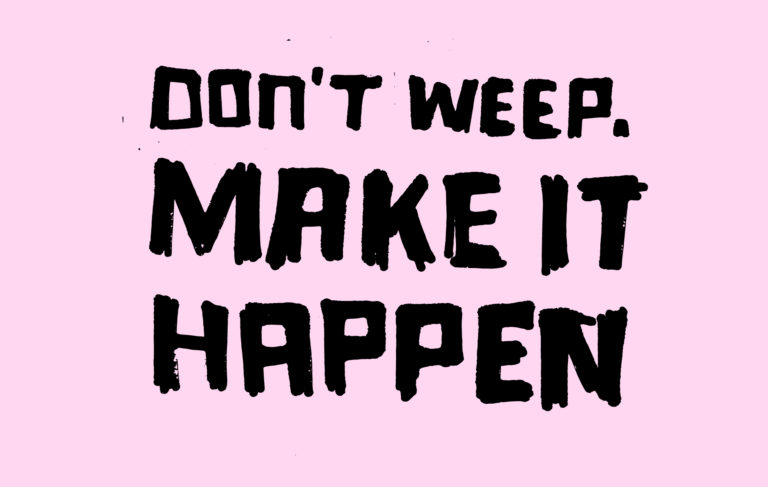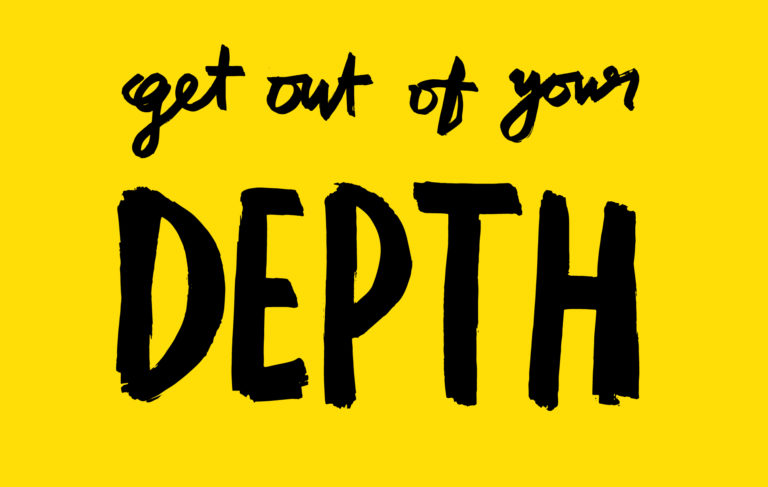An electric shock
On July 25 1965, 17,000 adoring fans gathered in anticipation at the Newport Folk Festival.
The star-studded concert was playing out perfectly.
Hillbilly singer Cousin Emmy had just performed “Turkey in Straw”.
Up next was a 24-year-old Bob Dylan, who had already written one of the anthems of the freedom movement: “Blowin’ in the Wind”.
Introduced by Peter Yarrow of Peter, Paul and Mary, Dylan strode on stage in a bright orange shirt and black leather jacket with a Fender Stratocaster electric guitar dangling from his neck.
Dylan, who was always chatty and cheerful with his audience, didn’t say a word.
His fans were expecting his usual stripped-down acoustic set, but he took to the stage backed by the five-piece Paul Butterfield Blues Band.
Just the night before, Dylan had got together with the band and rehearsed until dawn.
He wanted to try something new. Something different.
The band thundered into an electric rendition of Maggie’s Farm.
Dylan leant into the microphone: “I ain’t gonna work on Maggie’s farm no more,” his vocal almost drowned out by Bloomfield’s piercing lead guitar.
It was aggressive in tempo, distorted, raw — and above all, electric.
The majority of the fans looked on in confusion.
Legend has it that festival organizer Pete Seeger was so outraged that he grabbed an axe and tried to smash the sound system.
To many it was a musical betrayal: Dylan had abandoned the authenticity of folk for the glamour of rock ‘n’ roll.
This wasn’t the folk purist people had paid good money to see.
“Bring back cousin Emmy,” cried sections of the crowd.
The boos were intense.
After twelve minutes and just three songs, Dylan and the band unplugged and left.
That’s when the place went completely nuts.
And although he returned to play a further couple of acoustic numbers, for many his performance was an act of sheer heresy.
He didn’t appear at Newport again for another 37 years.
But it was to be a pivotal point in the history of rock music.
Dylan had turned everything on its head: proclaiming his artistic independence, demonstrating the poetic possibilities of rock ‘n’ roll.
And while fans in England a month later still booed and cried “Judas”, it wasn’t long before audiences got on board and eagerly followed Dylan into the mainstream.
His next rock album, Highway 61 Revisited, was hailed an instant classic and “Like a Rolling Stone” became his first hit single.
By the time his album Blonde on Blonde was released in 1966, the majority of former critics had been forced to admit that his switch to electric instruments hadn’t subdued his knack for writing rebellious songs.
Creative businesses talk a lot of differentiation and disruption.
But how often do they plug in and turn it up to eleven?
Favouring slight difference over blowing the doors off.
To be truly creative you need to take risks.
And sometimes that means being comfortable with an unpredictable outcome.
If Dylan had conducted, and listened to, research after his ’65 Newport appearance, he would never have blazed a high-voltage trail into rock history.
If he’d listened to Peter Yarrow, who had tried to convince Dylan to warm up his audience with a few acoustic numbers and explain that he was going to try something new that he’d been working on, there wouldn’t be documentaries and books dedicated to that summer’s night in 1965.
Like Dylan, creative businesses (and clients) have a duty to avoid dilution.
Say no to compromise and do stuff that stops people in their tracks.
People will remember that.
As Bob Dylan penned in Maggie’s Farm: “I try my best, to be just like I am, but everybody wants you to be just like them.”
Be brave.
Develop a distinctive voice of your own.
Now that’s electrifying.
— DB
Cousin Emmy doing her thang
Bob Dylan doing his
Subscribe to Squad

Get our annual printed newspaper plus our email digests full of inspiration, thoughts, tools and the interviews.
Subscribe
Don’t Weep Make it Happen
Creatives need to understand that sometimes a great idea isn’t enough: you have to be able to make it happen.

Get out of your depth
If you feel safe in the area you’re working in, then you’re not working in the right place. Go a little bit out of your depth. It won’t always feel comfortable, but that’s part of the process.


